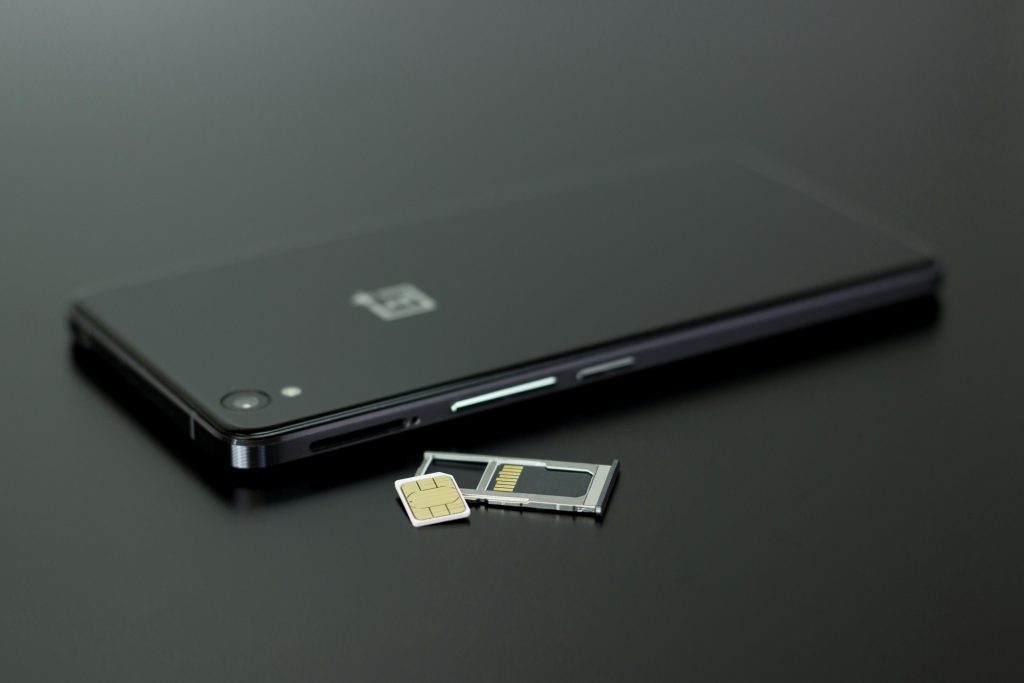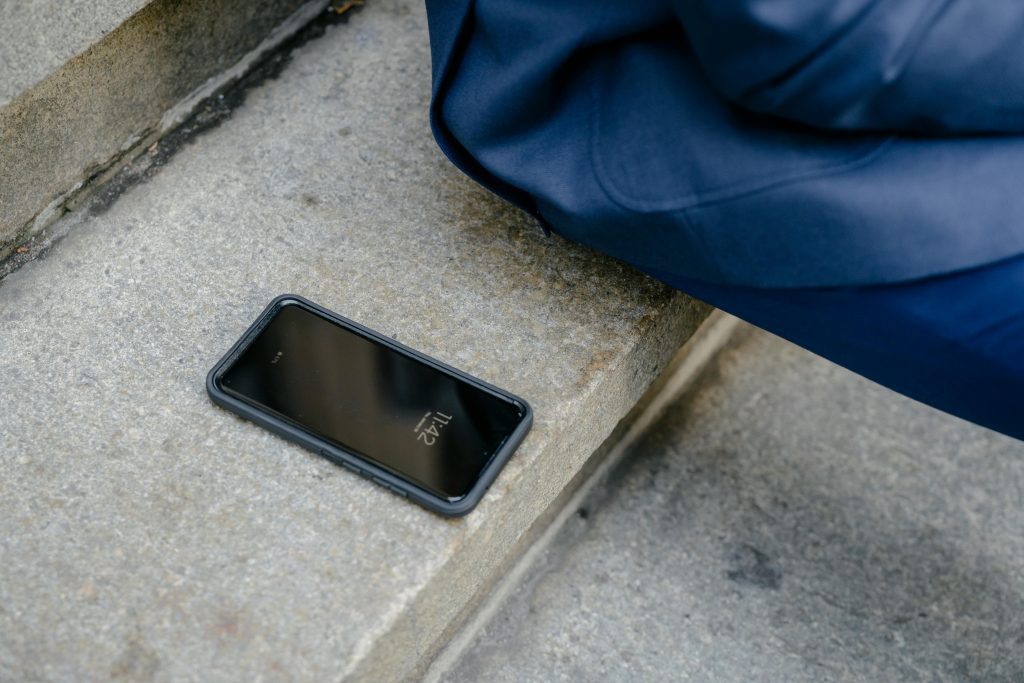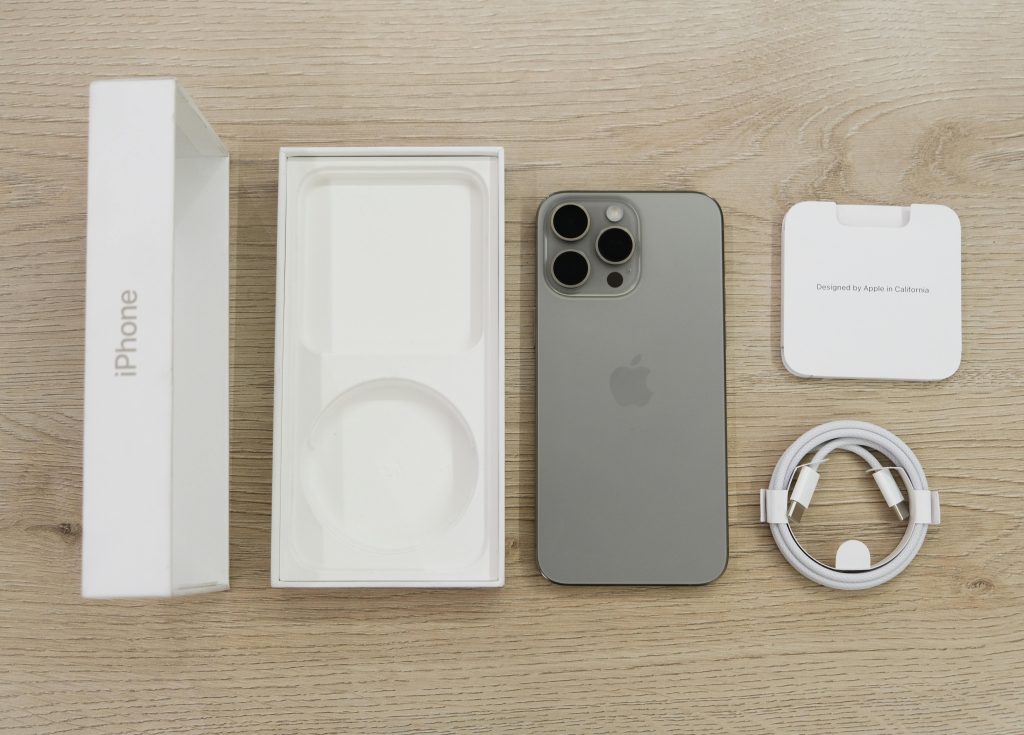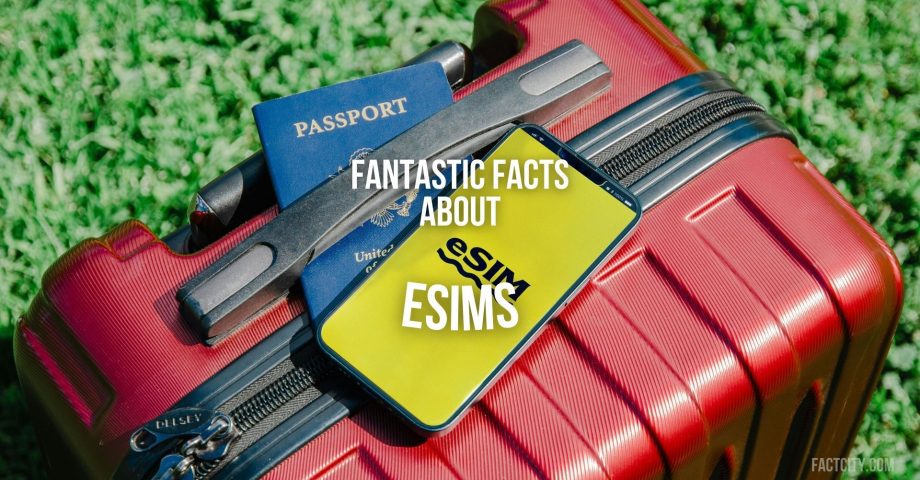If you’ve ever travelled abroad before, chances are you’ve either had to adjust your phone and SIM card so you can ‘roam’, or you’ve had to pick up a local SIM for wherever you’re travelling to. On paper, this all sounds pretty straightforward – but, over the past few years, there’s been a boom in travellers taking up eSIMs instead!
eSIMs are the new digital alternatives to traditional SIM cards – and in many ways, they can actually save you money as well as keep things convenient while you travel.
If you’re completely new to the concept and are wondering what the fuss is all about, here are some fantastic facts about eSIMs to give you the lowdown – and to help you decide whether or not to download them for your next holiday!
1. eSIMs are the future of SIM technology.
eSIMs are digital versions of SIM cards, which give you access to mobile networks for accessing the internet, making calls, and sending text and picture messages. In some cases, eSIMs just give you access to mobile data.
eSIMs are embedded or installed to devices, meaning you don’t have to fiddle around with a physical card to take advantage.
2. You can use an eSIM and a traditional SIM at the same time.
It’s entirely possible to keep your existing SIM and install an eSIM on top, provided your device lets you do so. That means, for example, you could have a traditional SIM for calls and texts, and an eSIM for accessing data.
So, say you’ve already got a SIM from O2 with a number you’ve used for a while. You can install an eSIM on top so you can access mobile data from other networks, without having to change your existing number.
This can be really useful if, for example, you go abroad on holiday and want to access the internet, but don’t want to swap in another physical SIM and lose your number temporarily.
3. eSIMs can work on a range of devices.
It’s a misconception that you can only use eSIMs on smartphones. You can embed an eSIM, depending on the company you purchase from, to work on laptops, tablets, and even some wearable tech.
That means you don’t even need to worry about touching the physical SIM slot on your device. With a service like SIMOVO, for example, you can buy a a travel eSIM for your specific destination, scan a QR code, and install it directly to your device.
4. eSIMs let you access the best available mobile networks.
One of the biggest pains of accessing mobile data while travelling abroad is having to choose the best network for the region you go to. While UK mobile networks will let you roam with some partners, you’ve also got to keep costs in mind.
With many eSIM providers, however, you can automatically connect to the best possible coverage through several different networks covered in a particular area. For example, if you buy a France eSIM before you travel to France, and install on your phone, you will find that you can access data through SFR and Orange, two of the country’s biggest networks.
That also saves you tons of hassle in having to swap out physical SIMs, too – not just having to keep track of charges.
5. eSIMs are considered highly secure.
SIMs are pretty useful in and of themselves – but, think about how easy they are to lose, damage, or even steal! It’s sadly pretty easy for someone to steal and clone a SIM card or to use physical SIMs to copy data from mobile networks for fraudulent purposes.
With eSIMs, however, you’re much safer. Thanks to the fact that eSIMs are installed to your device, there’s no risk of you losing access to your card – so long as you have access to your phone or tablet, you’ll have access to your eSIM.
How many times have you popped out an old SIM or even got a new SIM ready and have ended up losing it? With phones using smaller and smaller cards, it’s little wonder why so many people are moving towards digital alternatives.
6. Many eSIMs have expiry dates.
Although some may see it as a drawback, many eSIM providers add expiry dates to their digital cards, meaning that once you pass this date, you’ll need to activate a whole new eSIM if you want to continue accessing their services.
That can be good news in terms of security, however! A temporary eSIM will no longer be available to use past the expiry date, meaning you don’t have to worry about anyone stealing or hacking the data and running up costs.
It’s also much easier for many people to manage and budget for international data roaming this way, too. Simply set up a whole new eSIM if you’re going somewhere new, or if you just want to continue travelling!

7. You can buy eSIMs for different destinations.
Leading eSIMs providers offer digital packages that allow you to access mobile data across specific regions. Coming back to my example of France, you can purchase an eSIM that will let you access French networks only for a limited time while you travel.
However, if you’d like to travel further, you can also buy and install eSIMs that give you access to broader Europe, meaning your device(s) will switch to new local networks when you travel across borders around the continent.
If you’re a real jet-setter and are planning on a world tour, you can even buy and install eSIMs that let you connect to global networks no matter where you are. Of course, there will always be some locations where you won’t be able to access data – Mount Everest or the Mariana Trench, for example!
8. eSIMs help to cut down on plastic waste.
We should all know by now that plastic waste is causing serious harm to habitats all over the world, particularly in our oceans. Shockingly, SIM cards are helping to contribute to this problem in a massive way – according to Thales Group, they’re generating 20,000 tons of plastic waste every single year!
With an eSIM, however, you’re taking a small but significant piece of plastic out of this overall waste. It might not seem like much, but if everyone who travelled abroad chose eSIMs instead of physical SIM cards, there’d be a significant reduction in what we pump into our seas.
Be part of the green revolution and think about choosing eSIMs over traditional cards the next time you plan a holiday!
9. You can easily track eSIMs.
When someone steals a smartphone or tablet, it’s easy enough for them to remove physical SIM cards so that mobile networks can’t track where they’re taking devices. Of course, there’s more advanced tracking nowadays if you have features such as Find My iPhone if you’re using an Apple device – but, if your phone gets stolen and the thief throws away the SIM, your network has little power to help you track it down.
Here’s another way that eSIMs can come in handy! If you have an eSIM embedded to your device, you’ll always be able to track it, provided it’s still active. In some cases, thieves might not even know there are eSIMs installed at all – meaning it’ll be easier for you and your provider to keep tabs on where your device is going.
That said, I hope you never have to worry about losing your device to theft or otherwise! Thankfully, eSIMs give you a little bit of extra peace of mind.

10. eSIMs are great if you only use one device.
Some people prefer physical SIMs because they can swap them in and out of devices, such as laptops and phones, while they travel. However, if you only have the one device that you typically use, eSIMs are likely to be much more convenient for you.
That’s largely because you won’t have to worry about switching between networks and swapping SIMs out constantly while you move around, and you can still keep your usual number and SIM in place while you install and run a digital SIM on top.
11. Most modern phones will support eSIMs.
If you look in the cellular or network settings of your phone, you’ll probably find that there are options for eSIMs and dual SIMs ready to go. That’s because most modern devices, such as Androids supported by Samsung, are built to accept digital and physical SIMs that you can use together.
If you’re using an iPhone, chances are, you’re already good to go for installing an eSIM. Provided you’re using a model newer than the XR or XS, this feature is readily built in.
However, there are still some devices that won’t accept eSIMs – such as older phone models, and those that lack smartphone capabilities. It’s always worth checking with your provider if they have a list of accepted devices before you go ahead and buy.
12. eSIMs could be more energy efficient.
Some sources claim that eSIMs can be less memory-intensive to run compared to traditional cards, though there’s still plenty of research needed before we can clear that up for real!
Try it for yourself – see how long it takes you to run down your phone battery on everyday browsing with a traditional SIM, and then try an eSIM instead. The results may vary – but this could be a great extra little plus point for going digital!

13. Some iPhones are eSIM-only.
It’s true! Believe it or not, several iPhone models in the US – specifically ranges since the 14 – don’t have physical SIM card trays. In the UK, however, you can still add in a physical SIM if you want to – but you won’t be able to use dual SIMs in this way.
It’s another indication that Apple is moving more and more towards eSIMs – and I honestly can’t blame them! However, it’s good to have either option available in case you want to keep your physical number when you travel.
Apple’s continued to remove physical SIM trays for iPhones within the US, which, in its own way, is helping to reduce plastic waste (though manufacturing iPhones at all, of course, will still contribute to waste levels).
So, if you still want to make sure you can use physical SIMs in the device you upgrade to next, always make sure to check the specs first!
14. eSIMs have been around since the mid-2010s.
While eSIMs may seem like relatively new technology (and technically, they are), they’re probably older than you think. In fact, eSIMs first launched in early 2016, with devices developed from 2018 largely allowing this technology.
By the end of 2023, more than 130 different phone models accepted eSIMs, meaning the market is opening up more and more to consumers who want to banish the physical card for good.
And, eSIMs were first dreamed up as far back as 2010 – I say far back, that’s still within the last two decades!
15. eSIMs can help to protect your phone physically.
If you’re particularly careful with your devices, then this likely won’t be an issue – but mishandling SIM cards can damage some internal connectivity, meaning if you’re particularly heavy-handed, you may wish to move to an eSIM alternative as soon as possible.
This is less and less of an issue nowadays thanks to more intuitive designs – but if you accidentally damage the SIM tray or internal workings of your phone, you could be looking at paying through the nose to get it fixed up!

16. eSIMs are safer than WiFi hotspots.
eSIMs are developed to be extremely safe and secure to use – and, they’re considered a much safer choice compared to public WiFi hotspots.
Public WiFi is typically unprotected and unsecure, meaning that hackers can easily access it to intercept data that’s shared between users and websites. 25% of people who use public WiFi have experienced some kind of security issue, according to All About Cookies.
Therefore, to avoid your data getting intercepted and stolen, it’s much safer to use an eSIM instead, that you can use to find local data networks for all your browsing, social media, and communication needs.
17. eSIM technology is helping to make devices more streamlined.
It’s absolutely true! Thanks to the fact that eSIM technology is relatively slimline and easy to install in modern devices, there’s more space for designers and developers to add additional features, or to streamline devices altogether.
If you remember mobile phones from the 1990s, think about how big and clunky some of the SIM card trays used to be – with the Nokia 3310, for example, you used to have to remove the battery completely to get to your SIM!
With eSIM advancements, phone developers now have much more creative design flexibility – which makes for neater, less clunky devices that we can carry around in our bags, purses, and pockets.
18. It’s easy to get started with eSIMs.
Most eSIM providers make it super easy for people to set up digital cards. Coming back to SIMOVO, for example, all you need to do is purchase an eSIM package for where you wish to travel, adjust your phone’s settings, and scan a QR code. You’re up and running with your new eSIM in a matter of minutes.
Compare this to some of the hassles you might go through when setting up a physical SIM when you travel abroad. There’s all the swapping of cards, settings adjustments, and understanding the local language if there’s no support for English!
Setting up an eSIM before you travel means that when you land on holiday, you’re free to focus on enjoying yourself rather than having to spend time muddling around with cards for hours on end!

FAQs About eSIMs
What do eSIMs do?
eSIMs are embedded SIMs that digitally install to your phone or device without you needing a physical card. They can connect to different mobile networks and switch between them, meaning you don’t need to purchase different physical SIMs and change networks manually.
Are there any downsides to eSIMs?
eSIMs might not be suitable for older devices, and may not be convenient for everyone to use. It’s worth checking with your provider, for example, if you can transfer eSIMs between different devices if you need to, and if there are any expiry dates. All things considered, the benefits of eSIMs far outweigh the potential drawbacks!
Is it better to use an eSIM or a normal SIM?
That entirely depends on your needs and circumstances. For example, if you are travelling abroad, you might benefit from using an eSIM that lets you change between mobile networks as and when connectivity becomes available. This will save you from having to purchase different physical cards, and having to keep track of different network SIMs.
Do you know any fun facts about eSIMs? Share them in the comments below!











